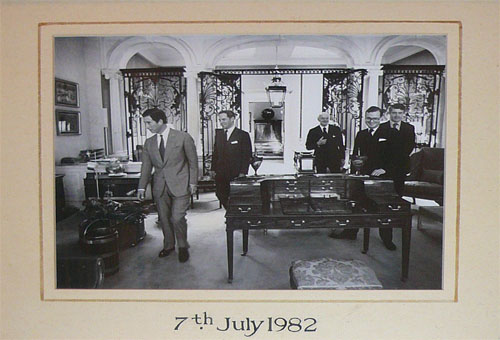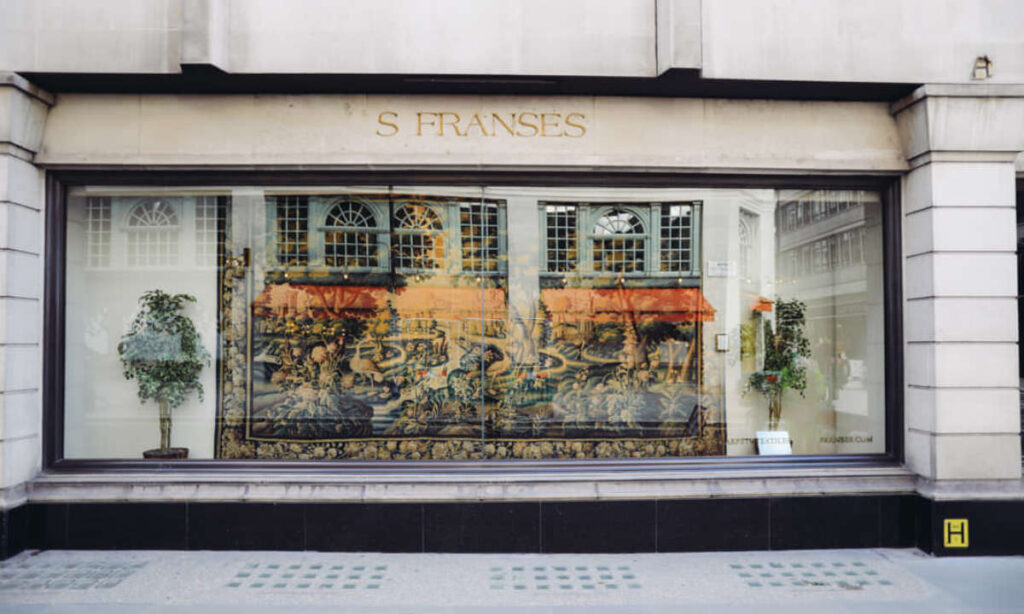The major news flap this week surrounding the Facebook whistle blower puts me in mind of our own experiences with social media which, it appears, forms a significant portion of what is now described in common parlance as big tech. As I am writing this post on my Dell desk top utilizing Word for Windows, for me, big tech means something else. Social media should more appropriately be termed ‘noisy tech.’
But no question, whether big or just noisy, or noisome, social media has remade all of us for the convenience of some and the detriment of many. So many, apparently, and in such an insidious way and with such dire results, those who seek to regulate this portion of big tech liken it to the big tobacco of an earlier day. When I had initially heard this comparison, it seemed overstated, but then the more I’ve heard and read, the more appropriate the comparison is borne out, even by social media’s own internal reckoning. Similarly, big tobacco before being called publicly to account knew in detailed terms the horrific effects its products were having on users. Despite for years posting the required warning labels on its tobacco products, companies have never to my knowledge really acknowledged any real responsibility. Likewise, the major social media platforms, while saying publicly they are working to ferret out problems have never acknowledged their own complicity, or culpability.
Still, as with big tobacco, social media companies know and can profitably rely upon the knowledge that there are millions, or more probably billions, of the weak minded who will intentionally put themselves in harm’s way.
As well as the technology employed to pen this post, all of my gentle readers will have accessed it through some arm of big tech, most likely through a search engine, so what I’ve written above might seem to make me out a hypocrite. I’d like to think that, as I do not smoke, I can also, possessed of moderately good judgment, with reasonable safety employ big tech in a productive way. But I have to be honest- though I can’t say that I have been the victim of body shaming, my own shall we say discreet use of social media has been influenced by some negative incidents.
Years ago, when we established our own page on Facebook as what appeared the coming thing, I sought to expand our commercial reach through attracting what were then and are now termed ‘friends’. Mind you, when I use the word, it means something different than the tangential point of commonality that is meant when it is employed in social media. Can you imagine, though, clicking on a request to become someone’s tangential point of commonality? So I suppose, in this context, ‘friend’ becomes useful shorthand, though for me it has, sad to say, become a neologism.
Still, we have attracted so many friends to our social media platforms we are now informed by several platforms- through messages sent on their own platforms, of course- that Chappell & McCullar are now, wait for it, ‘influencers.’ As this is something new to me, you’ll pardon this question posed in a contemporary idiom- is this a thing? Apparently so, and as I have seen people so designated on social media, it is also apparently a vocation, albeit an ephemeral one.
I should further say it is a poorly paid one. Frankly, our own social media posts have been nakedly venal, almost entirely for the purpose of supporting our core antiques business. This naturally begs the question, has it helped? And as with any other promotion we’ve ever employed, the best I can answer is, perhaps, but as with any other promotion, there has been a cost.
No, no revelations here about body shaming, but several weeks ago, in response to a blog post on social media, one of my ‘friends’ took me to task, online of course, with her terse criticisms employing terms like ‘wanker’ and ‘left-wing asshole’ with her tirade concluding with a demand that I, wait for it, ‘unfriend’ her. ‘Unfriend’ is also a thing. By the way, I had never otherwise had any interaction of any sort with this erstwhile friend, and the why it was that when reading my posts she did not take the first step and seek to unfriend me is a mystery, beyond the fact that, had she done so, she would be denied the opportunity to call me a wanker.
Hopefully my gentle readers have found that my social media posts are not primarily a virtual cudgel for online invective, and as I use it mostly to promote our business perhaps it is similarly useful to some of our colleagues. A trade association of which we’re a member held an online seminar about how to use social media effectively, with one of the key takeaways that, when one’s page is ‘friended’ or ‘followed’, or ‘liked’, one must reciprocate, friending, following, or liking in kind. I pity those of my innocent colleagues who took on this suggestion wholesale, as they’ve doubtless found many of their ‘friends’ to be a bewildering number of porno websites. For those who have attempted to use paid promotion to further their social media presence, many are frightened to find sometimes successful attempts to hack their credit card accounts perpetrated by friends let in to personal information by the virtual front door. A sidebar- it astounds me that so many of my colleagues post online, real-time events including where they are on holiday, and then shocked to find upon returning their home has been broken into and ransacked. When I see these fun holiday posts, it is all I can do to refrain from commenting ‘Is the front door key still under the mat?’
No question, social media has a lot to answer for, but, too, just like the putz who continues to smoke, or like most other things in life, come to that, a level of personal responsibility must be undertaken. No, no one forced me to be online, and no, no one forced me to smoke that cigarette, no matter what the blandishments. A final sidebar- we do have a couple of clients who are at the most senior management level of big tech. Their purchases of our traditional material, for those of you interested to know, were made not virtually or in response to a social media post, but in the traditional way, by coming in through the actual front door and shopping in person.



